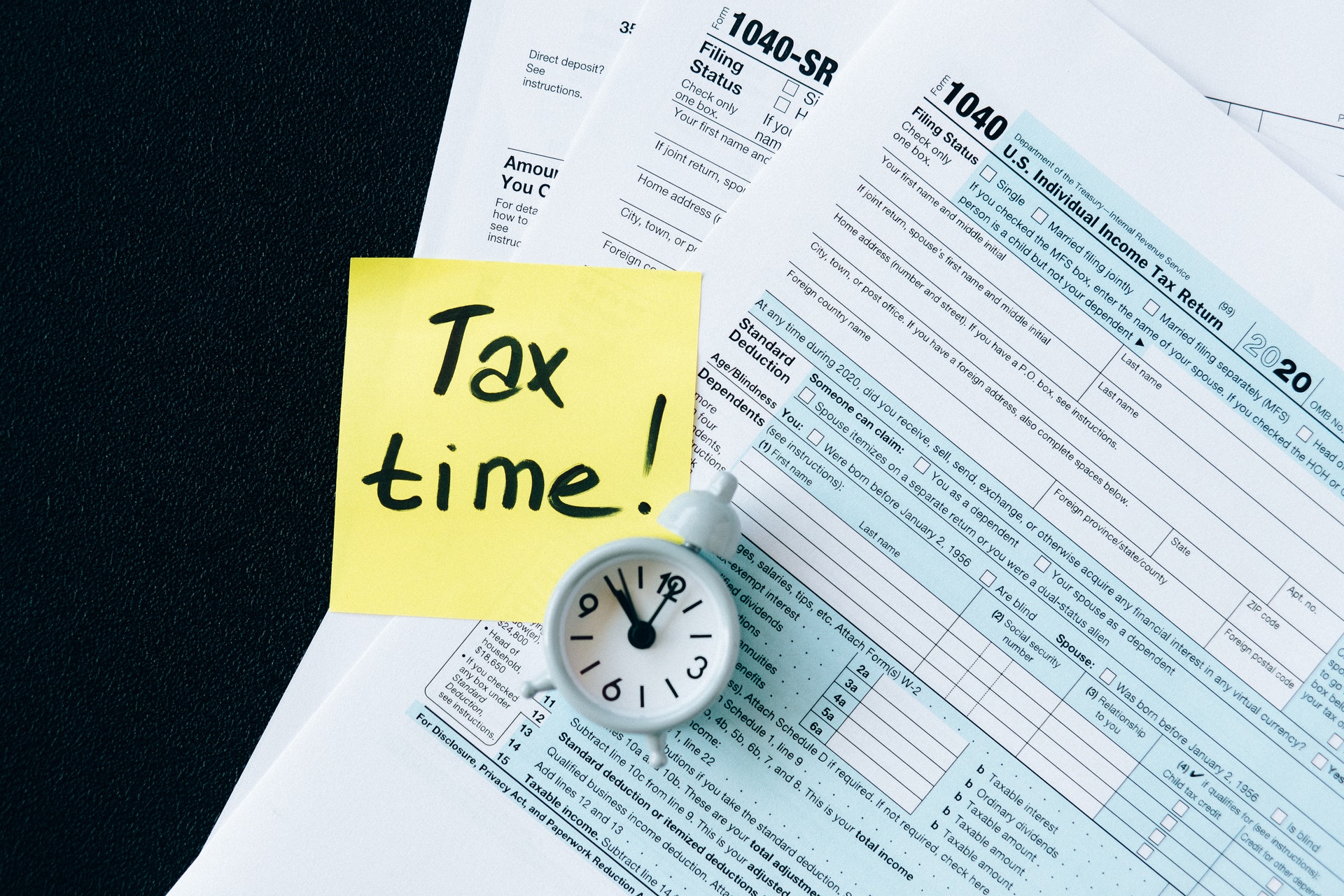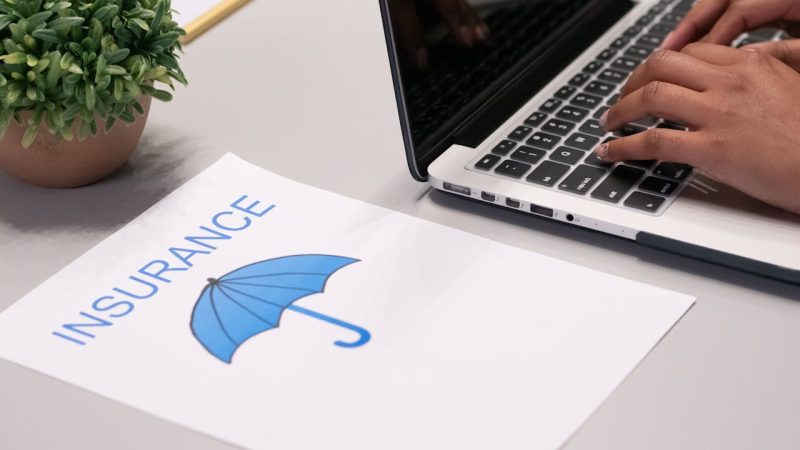Employee Retention Credit

Find current information on the Employee Retention Credit, specifically for qualified raises paid during those dates: April 15th through June 30th. These FAQs don’t reflect the wide-ranging changes made by the Taxpayer Bill of Rights (TaBOR) or the Disaster Tax Relief Act, enacted December 27, 2021, or the American Recovery and Reinvestment Act (ARRA) of 2021. That being said, an employer may claim certain types of credit. (This is a separate article.)
The Employee Retention Credit, otherwise known as the ERC, can be claimed by an eligible employer who offers a qualified employee, subject to the limitations of the ERC. The eligible employer must file documentation with the Internal Revenue Service claiming the credit. The documentation required typically includes a W-2 form from the employee’s pay check, proof that the employee has been employed by the company for a minimum of one year, identification of at least one nontaxable income, a copy of the employee’s paycheck stub, and a complete and correct statement of all income, expenses, and assets. The statement must also include a list of the individual’s dependents.
An employee may also qualify for the ERC, if he or she meets the following requirements. The eligible employee must have worked for the employer for at least one year, and must not be a dependent of another individual. In addition, the eligible employee must have been employed for not less than two years. The eligible employees must also meet the income and asset requirements of the consolidated appropriation act. In short, if the applicant qualifies to have his ERC claimed, he would likely qualify to have his tax refunds increased, too.
There are a few exclusions to the ERC and that includes some students, members of the Selected Reserve, and those who are on active duty in the military. Another exception to the ERC is certain disabled veterans. Under the consolidated appropriation act, the Secretary of Defense must decide whether or not an eligible veteran should be qualified for the ERC. However, the applicant can apply for the EFC and subsequently be awarded the tax credit instead of the cash lump sum if he or she meets the other requirements of the act. In addition, certain members of the Selected Reserve and the retired military may qualify for the ERC, too.
If you think you might meet one or more of the above conditions, but have not yet determined whether you qualify for the ERC, you may want to review the IRS website and/or contact the Revenue Officer. Alternatively, employers could utilize the services of professionals such as J.R. Martin & Associates to help them with this side of accounting, so they can ensure that they are doing the right thing with their business taxes along with supporting their employees. The tax code is very complicated. It can be difficult for even seasoned individuals to understand the complex terms. It is very possible that a small clarification error could result in your receiving back taxes for the year in which you did not receive a refund. If this happens to you were not eligible for employee retention credits under the CCHSR, you will need to file a tax return and wait a few months for the refund to come through.
Many employers mistakenly believe that the CCHSR eliminates the need to offer tax credits to their employees. However, the qualified employer must still provide a Social Security number. As long as you provide this number when completing your federal tax return, you will be allowed to claim the EFC along with the cash payments. Now that the ERC has been implemented by the U.S. Congress, the new tax credits are available for the working family.







